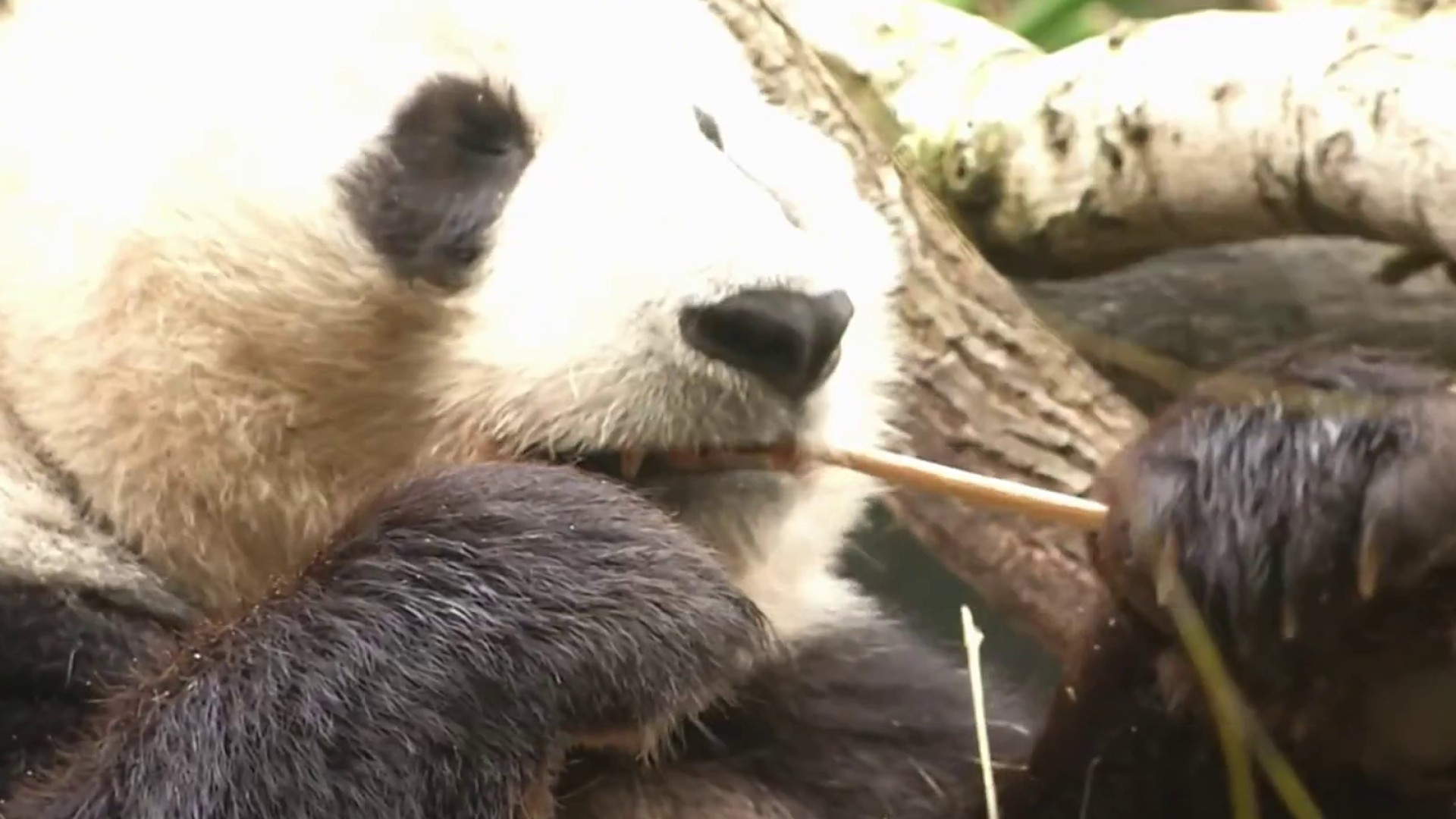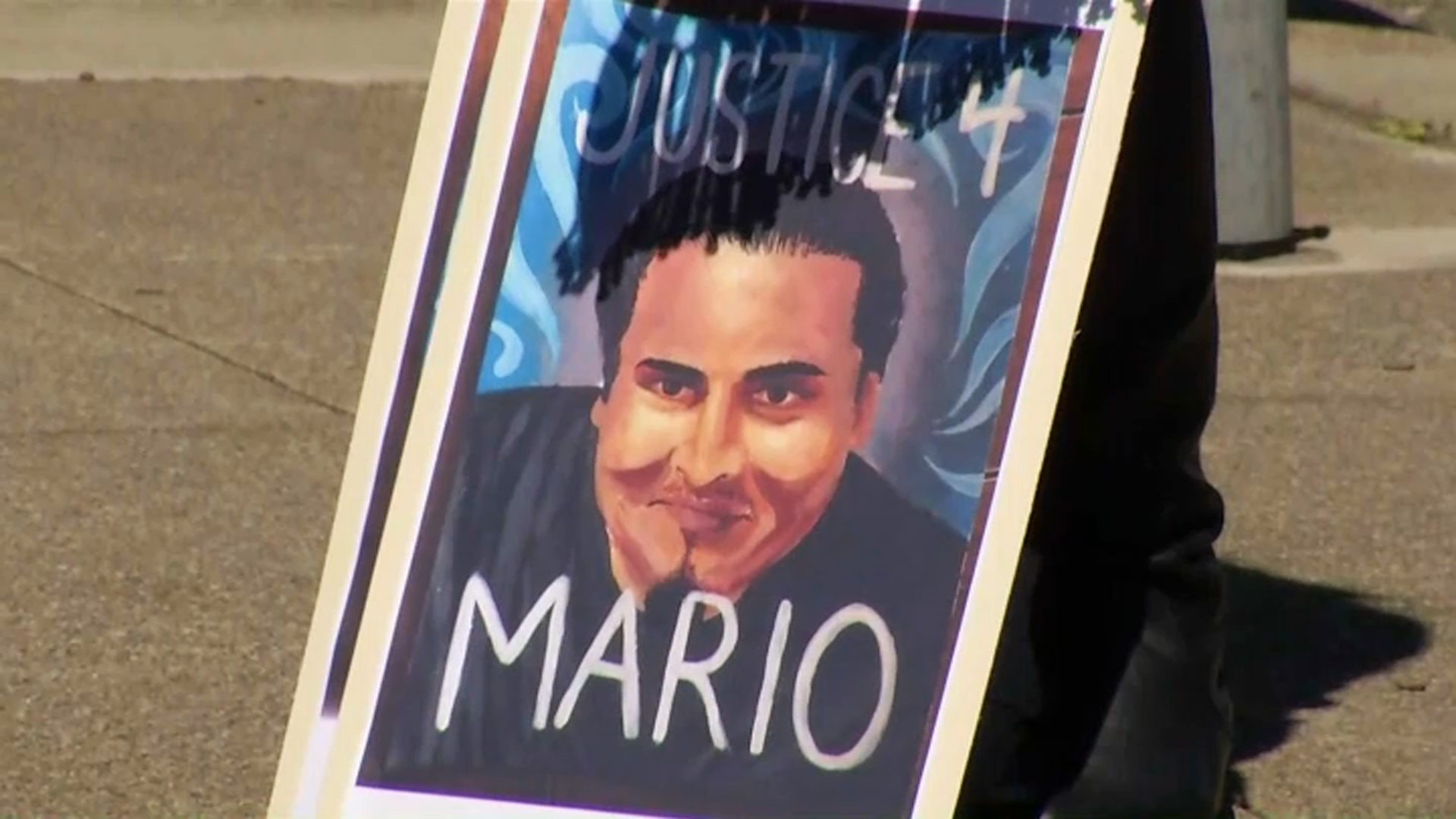
While April's rain showers certainly helped bring up Bay Area rainfall totals, they won't be enough to stave off the state's third year of drought, and that means round of strict city-level restrictions.
As of Friday, the state had received 15.63 inches of rain, 75 percent of the historical average, according to California Water Watch, which offers an online map searchable down to the zip code level. The San Francisco watershed fared slightly better, with 16.2 inches for the year to date, 79 percent of the average for the full water year through Sept. 30.
The Western Regional Climate Center's latest drought index map, updated April 11, showed coastal regions of the San Francisco Bay Area in a moderate drought, with some South Bay areas, south to Big Sur, already in severe conditions. The National Weather Service Bay Area said Sunday the rainfall for the week ending April 19 resulted in Sonoma County being downgraded from extreme drought to severe drought but in most areas drought classifications were unchanged.
Following three of the driest months on record, as of April 1 California's snowpack levels were well below average, and the outlook for water deliveries was grim. Officials from the California Department of Water Resources conducted their annual April 1 Sierra Nevada snowpack survey and found that levels were just 38 percent of average.
Get a weekly recap of the latest San Francisco Bay Area housing news. Sign up for NBC Bay Area’s Housing Deconstructed newsletter.
All this, along with Gov. Gavin Newsom's January emergency drought declaration, means another summer of water restrictions on local water customers.
The state emergency regulations mean residents must:
-- Turn off decorative water fountains;
Local
-- Turn off/pause irrigation system when it's raining and for two days after rain;
-- Use an automatic shutoff nozzle on water hoses;
-- Use a broom, not water, to clean sidewalks and driveways; and
-- Give trees just what they need: avoid overwatering.
Water users experience drought differently, depending on the type of water supply being accessed and the user's ability to manage drought impacts.
Last summer, from July 2021 to January 2022, California water customers cut their water use by just 6 percent, according to the city of Livermore, while many Bay Area cities set water reduction targets more than double that.
In December the City of San Jose declared a 15 percent water shortage and limited the use of sprinkler systems using potable water to two days per week. The restriction applies to all residents and businesses regardless of which water retailer serves them.
In the Santa Rosa watershed, the city reports that Lake Sonoma storage is at 59 percent of the target water supply, Lake Mendocino storage is 54.5 percent of the target water supply, and the city set a 20 percent water savings target in March.
Most homes use more than half of their water on outdoor landscaping, so residents are advised to transition their yards to drought-tolerant plants.
In the Tri-Valley, the cities of Livermore, Pleasanton and Dublin plan to open a recycled water fill station on Gleason Drive in Dublin in June to provide water to use for irrigation.



